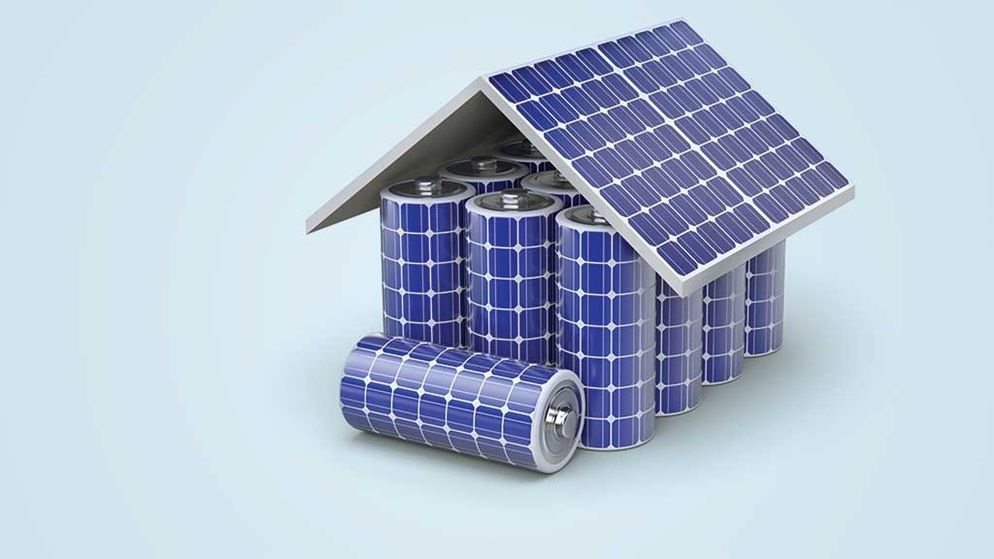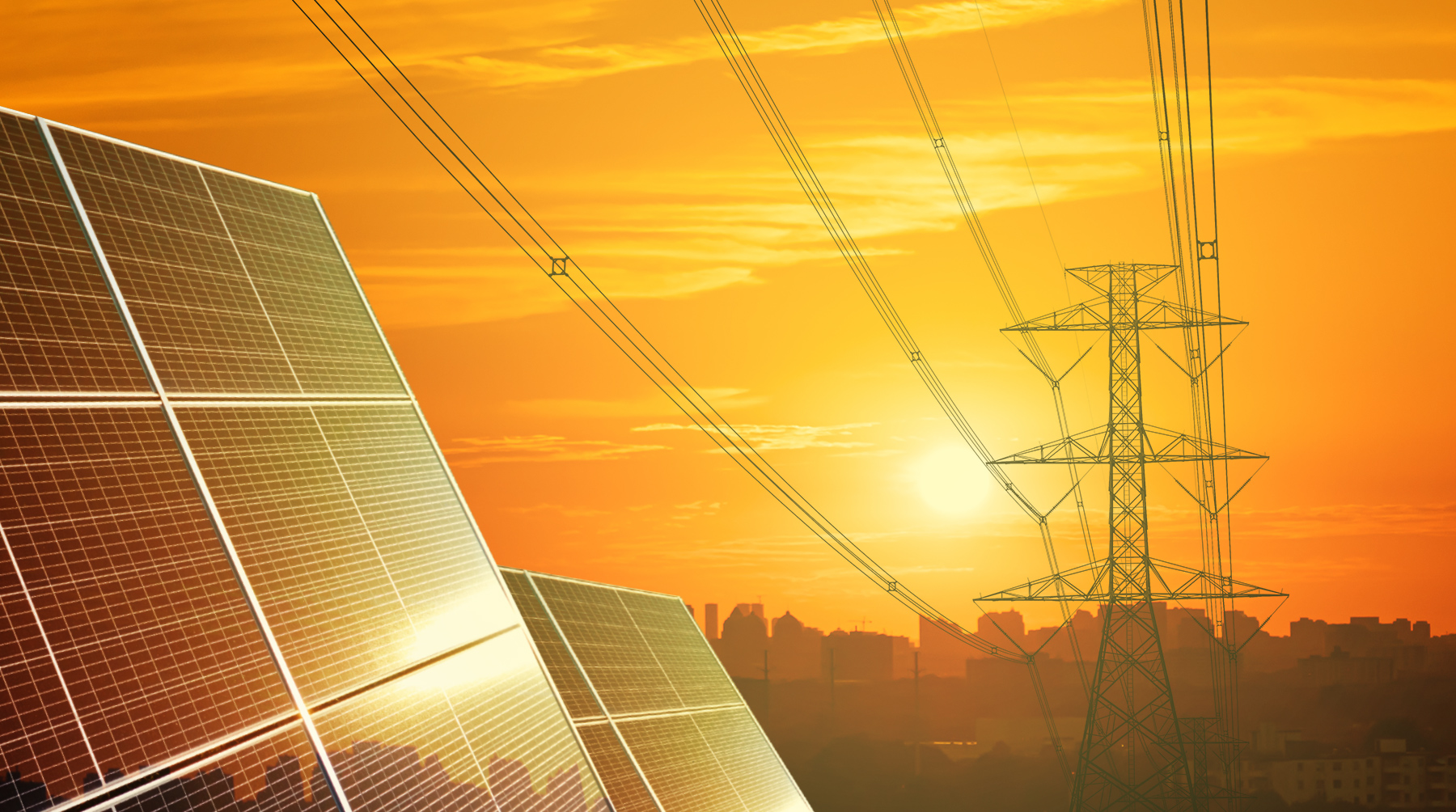Renewable energy is a boom industry and alongside the opportunity that brings, there are sharks circling for vulnerable new investors. Here’s my best suggestions for avoiding a sour experience and getting the most out of a new investment. By Ben Hutt, CEO & MD, Evergen
First things first
For years now, the world’s foremost authorities on science and the natural environment have been telling us that climate change is occurring, and furthermore, is an existential threat to humans and the world we live in. The United Nations labels climate change as the “defining issue of our time.”
The criticism of those authorities has often been that responses to climate change at an individual and government level have been too slow. The Intergovernmental Panel on Climate Change (IPCC) categorically states human behaviour as a driving force behind climate change, which means action at all levels of society and power is fundamental in the fight against climate change.
However, I see the narrative changing, particularly at the individual level. Take Australia at the moment, for example. Its global city on the east coast, Sydney, has been hidden under a debilitating smoke blanket from a fire season that has started early and is becoming longer. It’s a perfect storm of rising temperatures, a long-running drought, and substantial rainfall being too far away.
Seeing the harbour city, known for its natural beauty and outdoorsy population, being so choked from bushfire smoke that health authorities had to tell people to stay indoors, has prompted conversation and response. On some days, it’s been downright dangerous to be outside, with the Air Quality Index reaching 12 times hazardous levels in early December.
So, for those who are seeing, smelling and fearing the impacts of climate change – and considering their energy use as part of that response – that’s a positive step in the fight to preserve our planet. However, there are absolutely some considerations for ensuring you’re getting your money’s worth, and importantly, buying into systems and infrastructure that are in it for the long haul.
1. Focus on longevity
Dealing with a company that is in it for the long run is my most important suggestion. In Australia alone, a quick search of the corporate regulator’s insolvency registry shows you that hundreds of solar companies went into liquidation in the last 12 months.
Is there a scientific and absolute way to prove a company is going to survive the long haul? No. But there are some helpful markers of intention and likelihood to survive and thrive.
First, you can check who backs or accredits the providers you are looking to deal with. Evergen, for example, uses technology developed in conjunction with the CSIRO, which is Australia’s national science research agency that has been around since 1916.
Financial backing is also tremendously important, particularly given the volume of capital that needs to be invested in research and development at this stage in the renewable energy roll out. Using Evergen as an example again, it has investors which include AMP Capital, and is focused on ensuring capital backing for the long-term.
2. Use quality hardware
When it comes to choosing your hardware, in my view, quality is the only way to go. There are some markers of quality hardware, and an obvious one includes the price point. In short, if the price seems too good to be true, it probably is. The reality is, good hardware is not a low-cost production, and I’d be skeptical of providers who are competing in a race to the bottom.
Performance guarantees are also an important consideration here. Horizons for performance guarantees can be 10 to 25 years depending on the hardware you’re buying, and for me, a red flag would be raised if guarantees come in at any less than that.
3. Know your options
In the context of history, the roll out of renewable energy is in its infancy, and in many jurisdictions this is reflected in a developing – and often confusing – approach to policy. Using Australia as an example, there is a distinct lack of national cohesion in relation to regulation and incentives for its citizens.
With this in mind, it’s important to know what kind of incentives and programs are available in your jurisdiction, whether that be at a state or local level. Often, it can be a money or a time saver. Take the grants and assistance provided in South Australia – these are a win for consumers and are part of the big-picture aims the state government has to meet its energy targets.
Also, I’d suggest that an increased take-up of incentives could prompt governments to think maybe we should do more of this.



